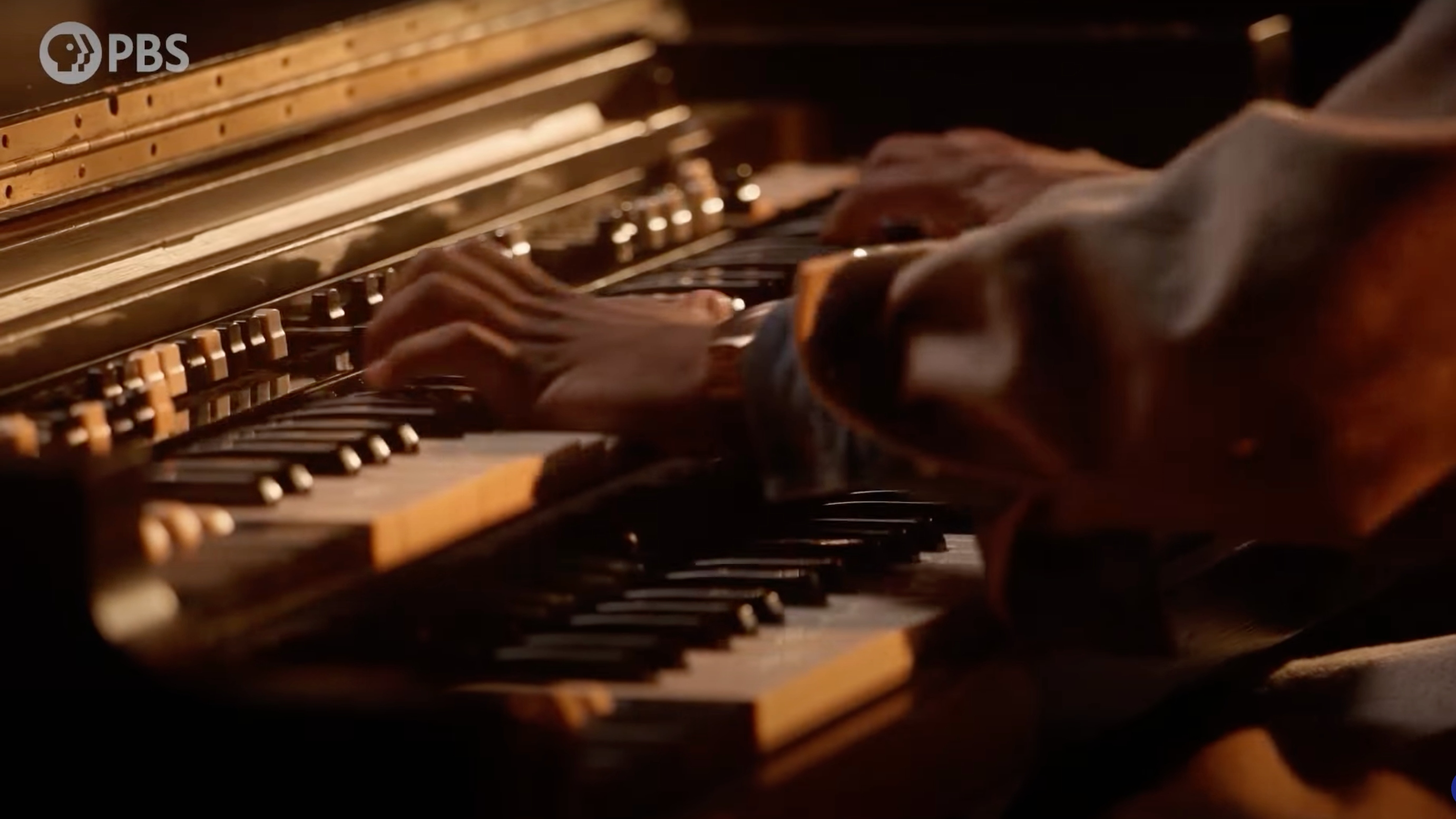One of the most popular and perhaps recognizable visual icons of the civil rights movement is sharecropper and voting rights activist Fannie Lou Hamer, as she speaks or sings. Hamer is often celebrated during Black History Month; however, many of us have never listened to her voice and the ways in which her mastery of the oral tradition, both singing and preaching, was a key ingredient in her community organizing. Compelled to lift her voice after having suffered countless injustices as a disinherited African American in the South, the actual sound of Hamer’s voice illuminates the power she wielded as she spoke truth to power.
As we listen to recordings of Hamer’s voice on the album “Songs My Mother Taught Me” (2015), we hear the cultural tools that countless charismatic leaders use in African American oral transmission that demonstrate “the capacity to move seamlessly between singing and speaking, leading groups through countless configurations of solos, lining out, sermonizing, call and response, scripture recitation, and prayer. African-American orality is a highly participatory tradition in which leaders and audiences interact with each other.” Hamer is but one example of a long line of public figures who embody and/or harness the giftings of preaching, storytelling, and music-making to amplify their voices toward liberation.
Wherever we are on the spiritual or religious spectrum, the contribution of the Black church to U.S. culture is undeniable. Specifically, when it comes to the realms of preaching and gospel music — modes that deeply harken to our African griot roots — we are collectively transported to our past, informed about our present, and forecasting our future. These two modes of communication, when done in earnest, can immediately draw us into a state of inspiration that, in turn, compels us to draw upon our strength to face the toughest of days, help find meaning in the mundane, or assist in helping us…
Read the full article here



